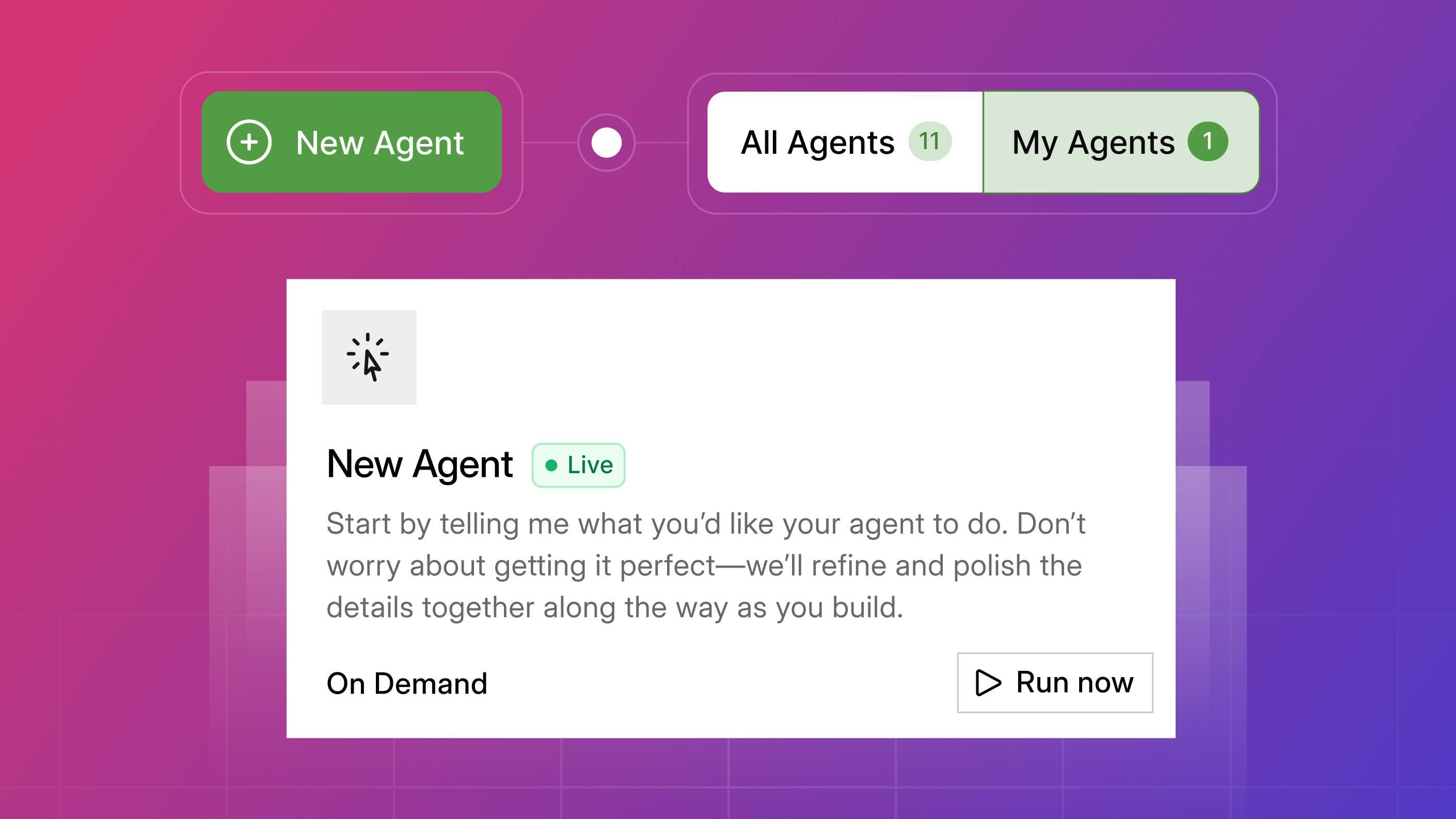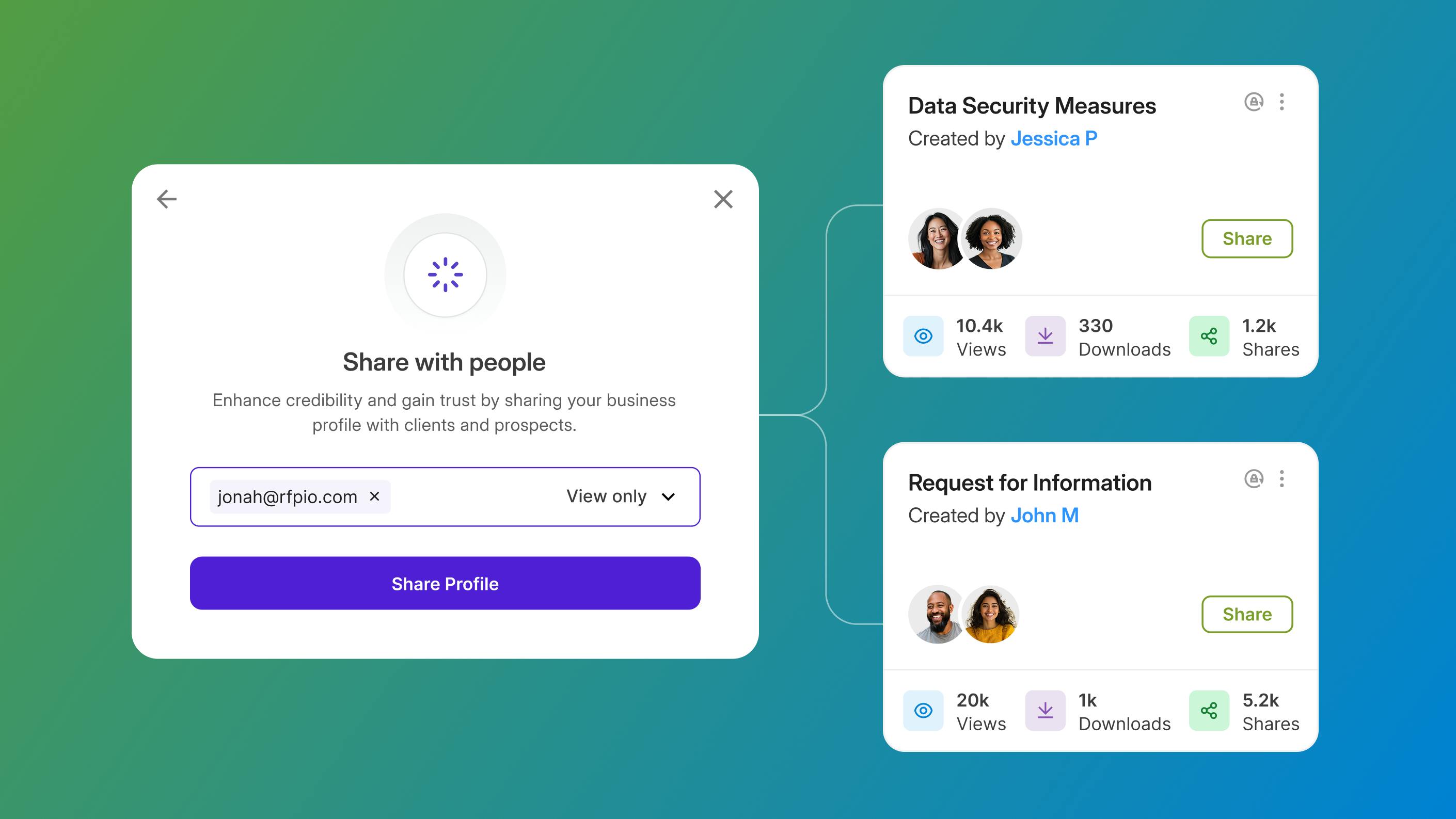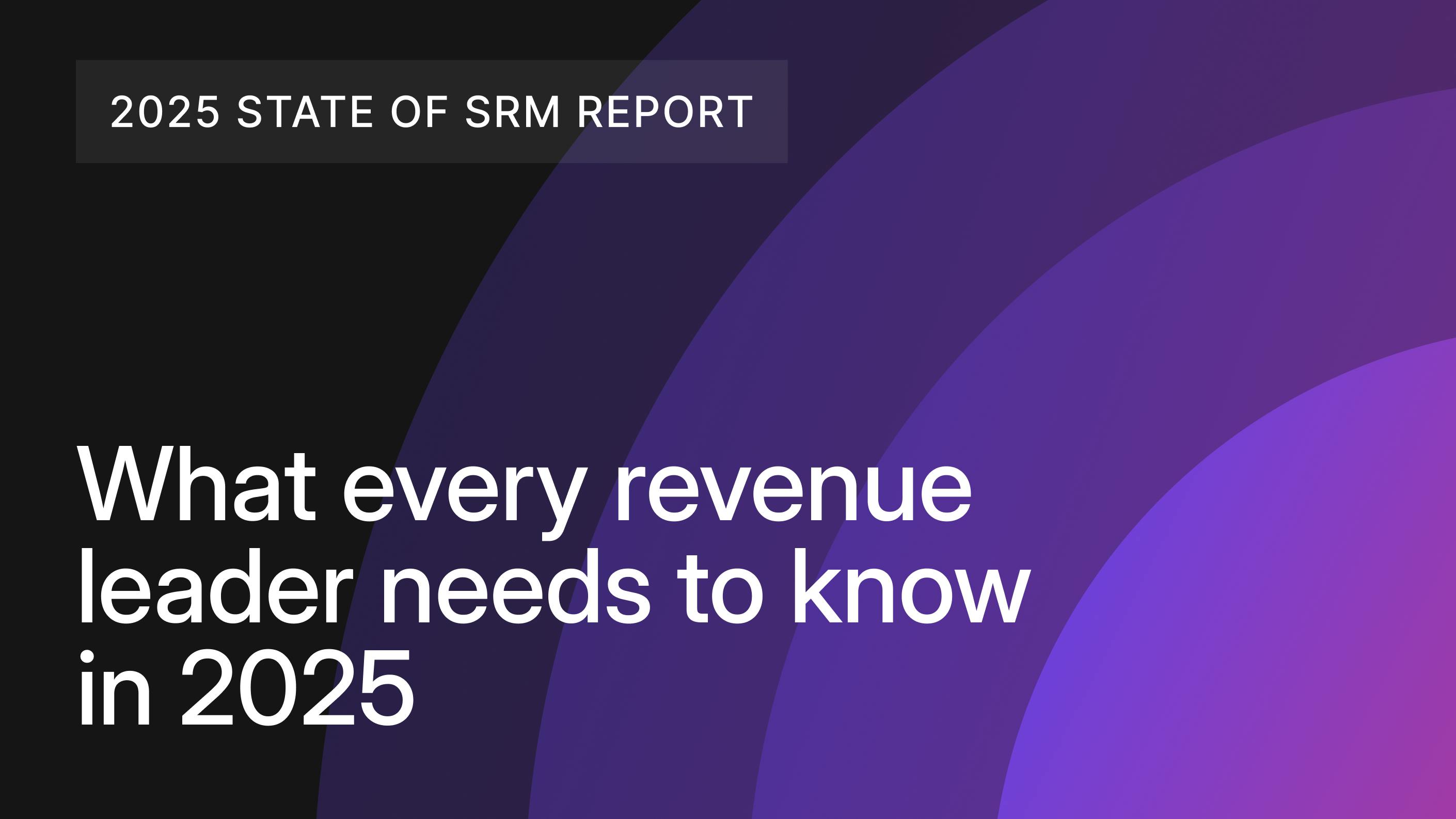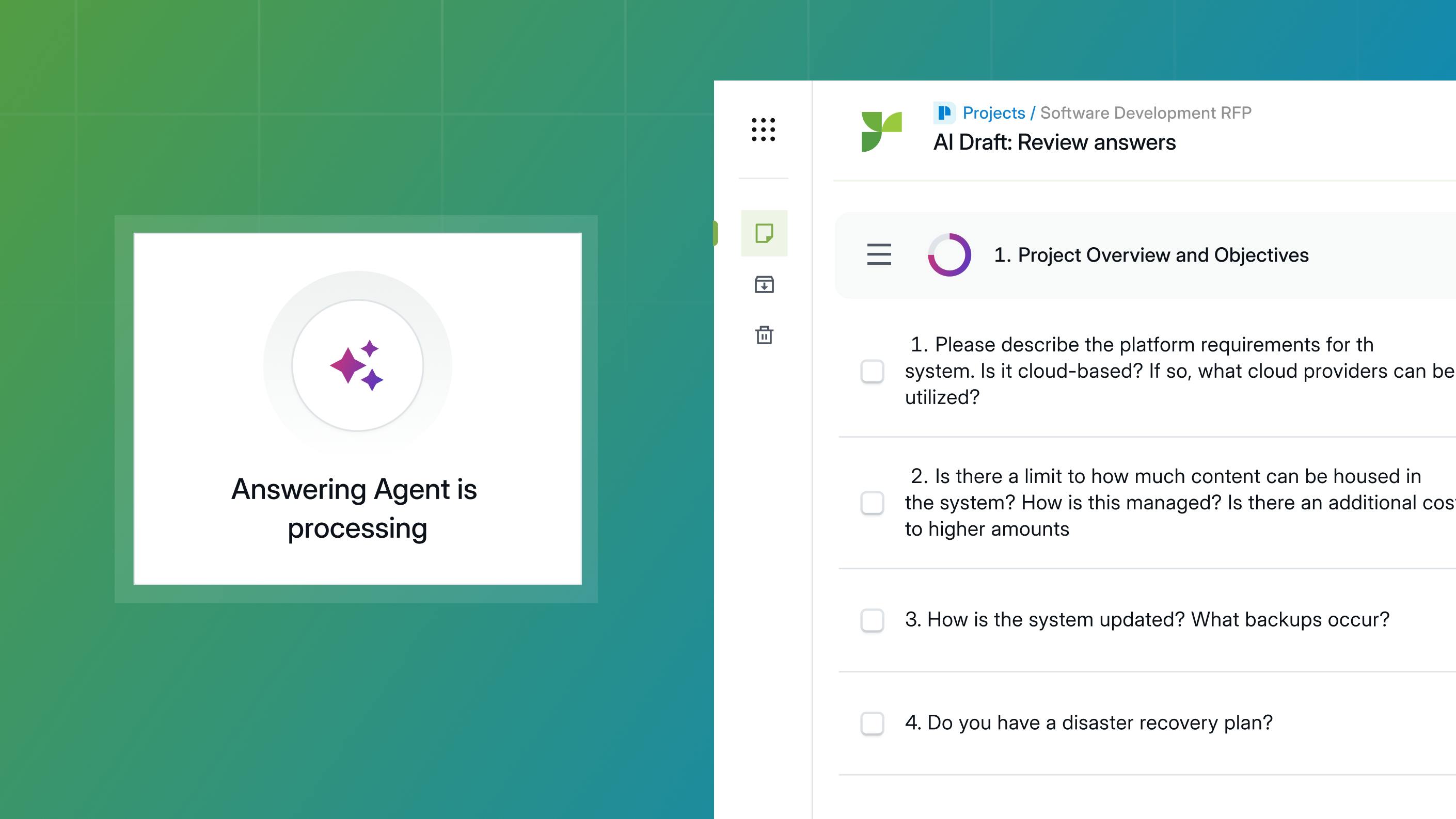FIND EVERYTHING YOU NEED
Responsive Blog
FEATURED
Putting AI in your hands: What’s new in the Responsive Platform

AJ Sunder
May 19th, 2025


Putting AI in your hands: What’s new in the Responsive Platform

AJ Sunder
Product & Best Practices

Trust center software: What to look for
Laci Texter
July 2nd, 2025

Sales enablement tools: What’s missing?
Laci Texter
June 27th, 2025

2025 B2B buying trends: Key data and strategy for revenue leaders
Joe Kopyt
June 11th, 2025

Are automated sales proposals effective?
Andrew Martin
June 3rd, 2025

How to generate sales proposals with AI
Laci Texter
May 27th, 2025

Where proposal writing software is heading
Laci Texter
May 9th, 2025